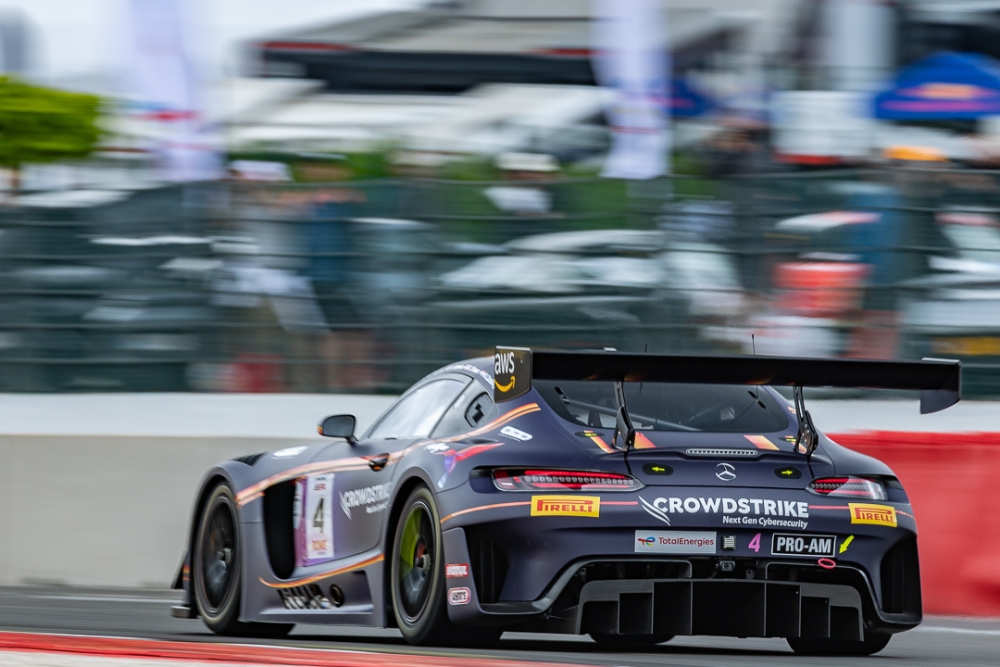.jpg)
ShareThis is disabled until you accept Social Networking cookies.
Ferrari reveals 296 GT3 Evo
Ferrari has revealed its new 296 GT3 Evo ahead of its anticipated race debut in 2026, three years after the public unveiling of the original car at Spa in 2022.
The update builds on the experience the Italian marque has gained with the current iteration of the hugely popular 296 GT3 – which has won almost 150 races globally – and, crucially, from lessons learned in developing the platform for LMGT3 competition in the FIA WEC and ELMS.
After taking onboard feedback from customers, Ferrari says the changes made are “aimed at creating an even more competitive car in all conditions, while maintaining the concept of ‘modularity’ that has made the 296 GT3 a true benchmark, especially in terms of ease of maintenance and setup.”
The V6 engine remains the same as the current 296 GT3. Still, the gearbox adopts a new gear ratio cascade, “optimized after analyzing data collected during the car’s two years of use, to favor torque delivery at both low and high speeds.”

Ferrari’s engineers, utilizing improved simulation techniques that combine wind tunnel testing with CFD work, focused on improving front vertical load stability when the 296 GT3 Evo is following other cars, and aero sensitivity. The profiles of the splitter and front floor have been revised, and the appendages on the front bumper have been modified.
A further significant improvement has come from a review of the rear diffuser, which has been adapted in terms of its expansion volumes and the number of channels.
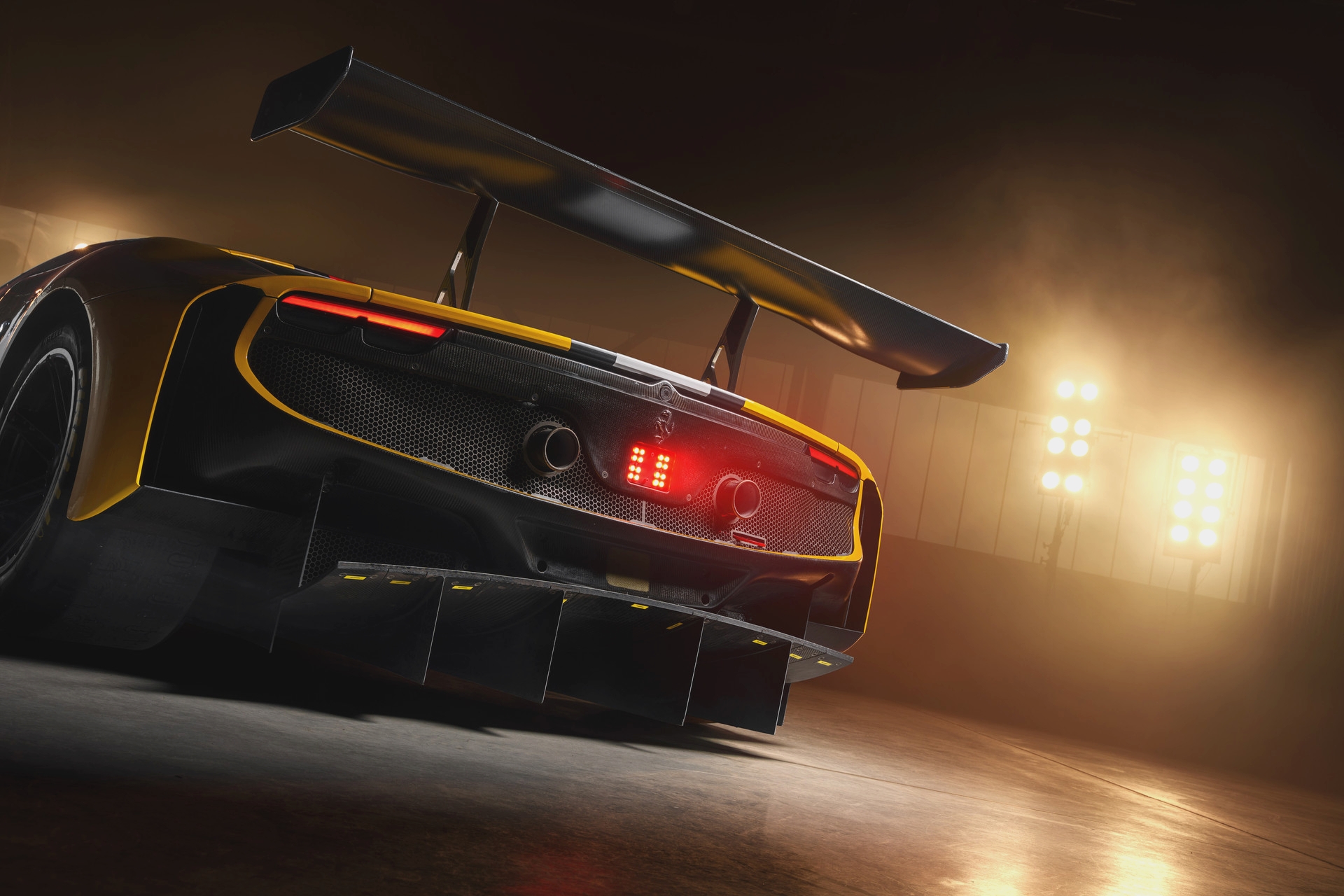
Cooling for the brakes and cockpit has also been improved (overall airflow to the front brakes has increased by more than 20% compared to the current model) with updated air intakes on the bonnet.
The steering pump benefits too from better and more effective cooling via the introduction of two NACA intakes in the underbody.
A new rear wing has also been developed. It includes a redesigned support structure and side panels that enable teams to make quick adjustments (as seen in LMGT3 competition) with a simple screw. The rear-view mirrors have been adjusted as well, now facing inwards with a new angle for improved visibility.
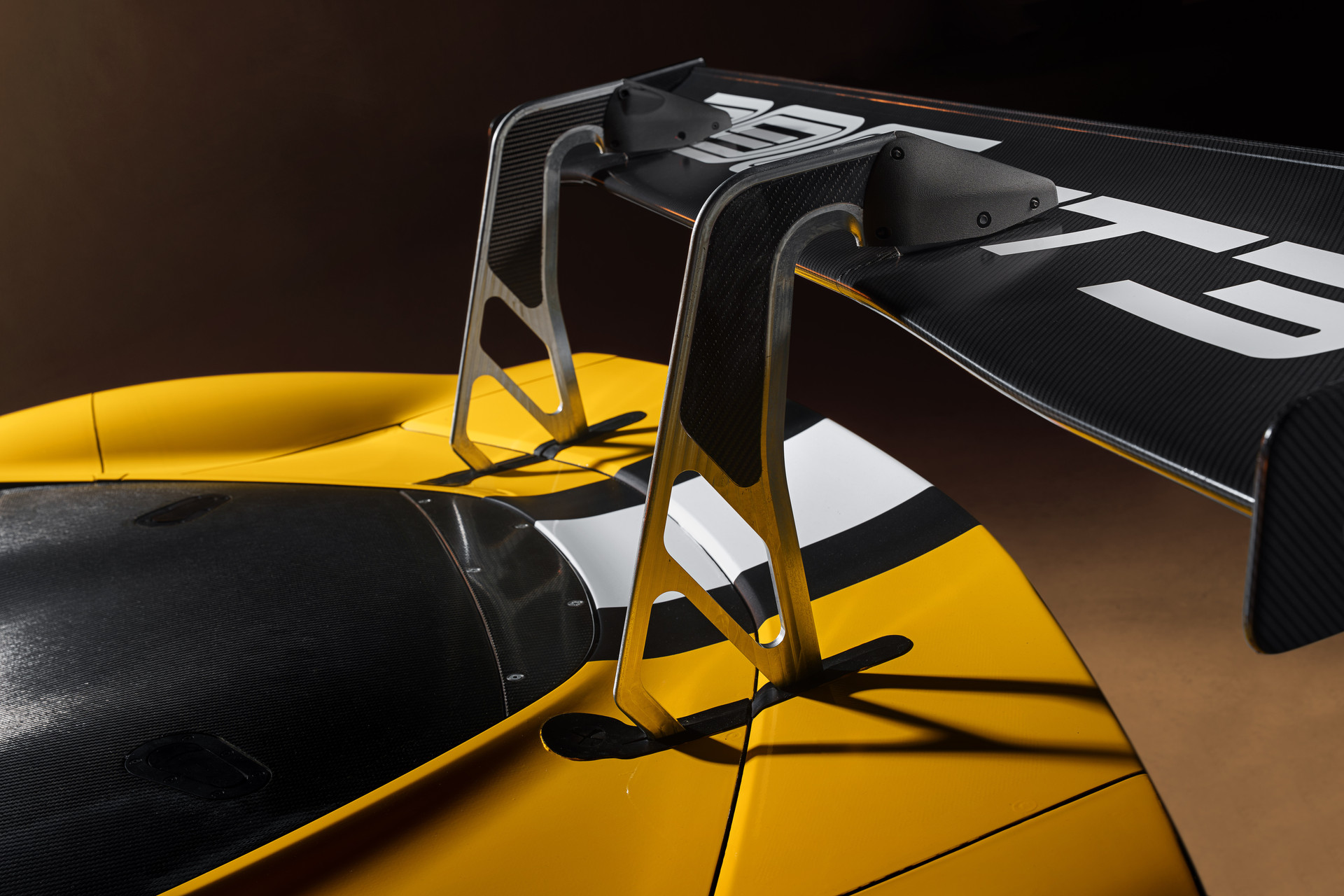
Another carryover from the LMGT3-spec 296 is the rear wheel arch bodywork, which makes the car more accommodating for different tire types.
The 296 GT3 Evo’s homologation process will be completed in time for the 2026 season, with the production set to begin in Q4 of 2025. The Evo will be made available as an upgrade kit for current customer teams.
Beyond the ongoing work on the Evo kit for the 296 GT3, Alessandra Todeschini, the head of endurance programs and Pista di Fiorano at Ferrari, has also revealed to RACER that a two-seater version of the car has been homologated.
“When we were talking to clients who did not wish to race their car, but rather to enjoy driving on track, we were asked by a number of them about a factory-provided ‘Biposto’ (two seater)," Todeschini said. “That is an interesting challenge because while the car is clearly based upon a production two seater, the GT3 is a pure single-seater racer, with in-car systems, and in particular the roll-cage, designed around that purpose.
"Accommodating a second seat meant a full rework of the interior of the car, including the cage. We did complete that work, though, and there is now a homologation in place for the ‘Biposto’ version.”
Technical specs:
Engine
Type F163CE, 6 cyl. V 120°, 4 valves per cylinder, 2992 cm3, GDI Turbo
Bore/stroke: 88 x 82 mm
Maximum power: approx. 600 hp* (447 kW) at 7250 rpm
Maximum torque: approx. 710 Nm* at 5500 rpm
* Subject to BoP
Gearbox
Transverse sequential gearbox, 6 speeds
E-clutch, electronic clutch actuator with steering wheel paddles
Magnesium gearbox with integrated oil recovery tank
Chassis
Wheelbase: 1726 mm front / 1710 mm rear
Width: 2050 mm max (without mirrors)
Wheelbase: 2660 mmDry weight: 1250 kg
Front and rear suspension: double overlapping triangle, tubular steel suspension arms
5-way adjustable shock absorbers
Wheels: front 12.5‘ x 18’, rear 13‘ x 18’
Tires: front 30/68/18, rear 31/71/18
Brake discs: front Ø 400×36, rear 332×32
Brake calipers: front 6 pistons, rear 4 pistons
Brake pads: front 30 mm, rear 26.5 mm
ShareThis is disabled until you accept Social Networking cookies.
Stephen Kilbey
UK-based Stephen Kilbey is RACER.com's FIA World Endurance Championship correspondent, and is also Deputy Editor of Dailysportscar.com He has a first-class honours degree in Sports Journalism and is a previous winner of the UK Guild of Motoring Writers Sir William Lyons Award.
Read Stephen Kilbey's articles
Latest News
Comments
Disqus is disabled until you accept Social Networking cookies.
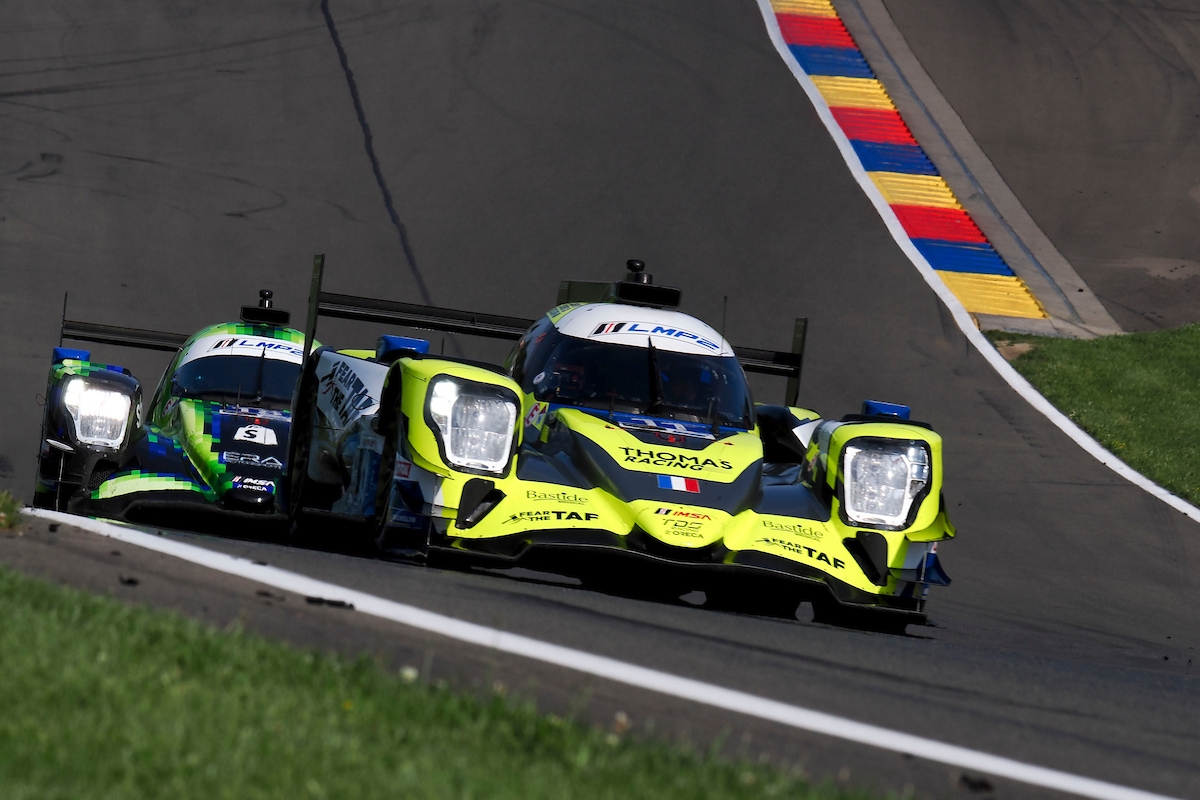


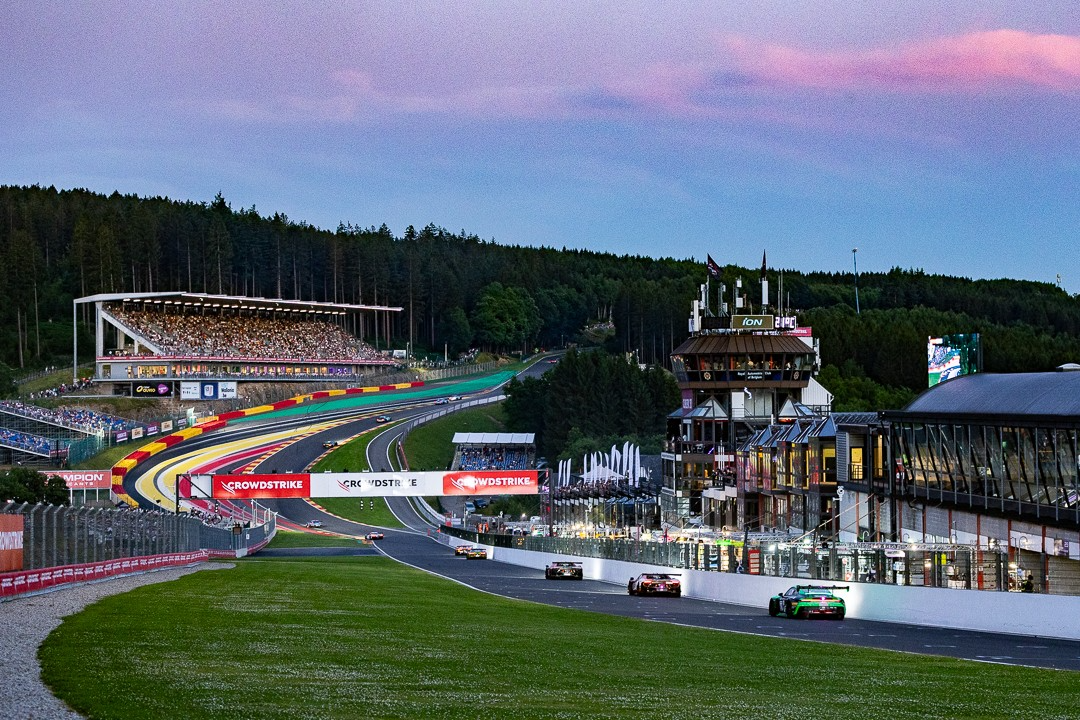
.jpeg)
